Motorola's $230 budget beauty can't rise above an extremely competitive landscape.
I've said it many times, but I firmly believe that Motorola's Moto G line changed the world, and why we had to give you a Moto G Stylus review. It brought down the cost of good-enough Android phones to the point where it was finally possible to recommend them to people; it opened the door for millions of people around the world to take advantage of what the operating system could do without the hardware getting in the way. And over the years, it's managed to iterate and evolve without losing the fundamental tenets of what made the original so compelling in the first place.
But under Lenovo's tutelage, the Moto G line has exploded in volume and complexity, and instead of following up 2019's superb Moto G7 series with the Moto G8 in North America, the company reset the brand entirely, releasing two phones under the names Moto G Power and this one, the Moto G Stylus. All of this success is what keeps more than one of the Moto G devices on our best cheap Android phones list year after year.
Whereas the G Power doubles down on what made the brand so compelling, the G Stylus opts for its eponymous gimmick that, unfortunately, undermines what is otherwise a pretty good budget phone — something the company failed to make many improvements with for the Moto G Stylus 2021.
At a glance
Moto G Stylus
Bottom line: Every year, Motorola raises the bar with its latest Moto G phones, but the G Stylus feels like a lateral move, opting for the inclusion of a built-in stylus at the expense of other fundamentals like performance, camera, and display. While the $230 price point is still compelling, there are better options out there in 2021.
Pros
- Attractive design
- Excellent battery life
- Compatible with all carriers
- Great phone for the price
- Good display
Cons
- Disappointing cameras
- Stylus integration feels half-baked
- Slow charging speeds
- Lacks NFC
$230 at Amazon $230 at Motorola
Moto G Stylus Price & Availability
The Moto G Stylus was announced on April 1, 2020 for presale with availability on April 16, 2020. At launch, the phone was priced at $300 and available at retailers such as Amazon, Best Buy, Walmart, as well as Motorola's store. After multiple changes in prices since release, the phone is currently selling for $230 at Amazon and Motorola.
Moto G Stylus Design & Display
Motorola embraced tall-and-skinny in its Moto G lineup a couple of years ago, so seeing the Moto G Stylus for the first time was no shock. Like (too) many phones released so far this year, it embraces the off-center hole punch notch, moving away from the centered teardrop that defined so many phones in 2019.
There's nothing wrong with a hole punch display, unless it's on a mediocre LCD panel that causes shadows around the edges.
On its own, I wouldn't mind the decision, but Motorola has outfitted the G Stylus with an IPS LCD panel instead of the AMOLEDs that we've found on practically every other phone with a hole punch selfie camera. And what differentiates LCDs from OLEDs? A backlight (among other things). There's a clear shadow around the edge of the G Stylus's cutout where the display panel has been excised, and it's far more distracting than the camera placement itself. Given that Motorola must have known this would happen, it should have either invested in an OLED panel or chosen a different design — this, unfortunately, is the least desirable option.
The good news is that, otherwise, the 6.4-inch 1080p panel is otherwise fine, with nice color reproduction, much better average white balance than Moto G7's display, and overall improved touch response over its predecessor. Like that phone, there are options for various color tones, from 'Natural' to 'Boosted' to 'Saturated', and I settled on the latter to give me an experience that resembles the calibration of most OLED panels out of the box.
Motorola also opted to give the phone a more rigid structure this year, opting to build the G Stylus with aluminum instead of plastic. The back panel is unfortunately still glossy plastic, and the sides have a matching shiny glaze, but the good news is that, underneath all the fingerprints, the structure itself is better fortified. It also makes the phone heavier — a noticeable 192 grams — while the 4,000mAh battery makes it a stout 9.2mm thick.
All that's fine, but the back plastic curves at the edges, and every time I used the phone, I felt its grip tenuously slipping from my hands — and that's without any humidity in the air. I imagine it would be even worse in the summer. My advice is to pick up a case for the phone as soon as possible.
Headphone addicts will appreciate the 3.5mm headphone jack on the bottom, next to the USB-C port and down-firing speaker (one of two, tuned by Dolby), while Motorola addicts continue to return for what is still one of the best features on any phone anywhere: Moto Display.
I say this every year, in every Moto review, but no company has managed to top what Google started on the Moto X back in 2013. Moto Display gives you bite-sized, actionable notifications that let you quickly check, action, or ignore them without having to unlock the phone. While it's certainly no longer a primary reason to buy a Motorola phone, it's still incredibly useful once you do.
Moto G Stylus The Pen
The phone gets its name from the included stylus pen, and I'm not going to couch it: this is a waste of space. Despite a similar placement and intent, the technology behind the stylus is completely different to the S Pen inside the Galaxy Note — namely, that there isn't any. This is what we call a dumb stylus, a piece of metal with a mesh tip at the end that simulates capacitance — a fingertip, basically — with a finer point. The closest comparison is to the LG Stylo series, or one of the many full-sized options from companies like Adonit.
There's only the barest whiff of pressure sensitivity support, and unlike the Wacom layer on the Galaxy Note, or the specialized hardware inside the iPad to interact with the Apple Pencil, when the stylus touches this phone's screen, it's only receiving the most basic of input signals.
The stylus is comfortable to hold, but that's about it.
What does this mean? Forget about whipping out your phone to write up class notes, or even to pass the time with a sketch. The precision is so murky, and the lag so severe, that after a few seconds of earnest effort, my guess is that you'll get frustrated and park the pen for good.
Motorola does include a facsimile of Samsung's Air Command feature, though, to make it a cinch to quickly jot down a thought inside the aptly-named Moto Note app. There's also a shortcut to an annotated screenshot option or, my favorite option, Google's Keep Notes, which supports pen input.
So does the stylus provide any use at all? Absolutely. The fine tip does make it easy to jot down a short thought or note-to-self, and if you're not too concerned with the results, Moto Note does make for a fine sketching canvas. Moreover, the ability to quickly take a screenshot and annotate it can come in handy, too, though it's been there for 10 years and I've yet to find a reason to use that feature on the Galaxy Note, but maybe you'll find a creative use for it.
My issue with the stylus's presence is that it feels like Motorola wasn't solving for a user problem but a marketing one. It needed a hook, some way to differentiate the best of its budget phone beyond just "bigger battery" or "better camera" and likely knew that a lot of students ended up with Moto G devices. Unfortunately, the feature is half-baked, and I doubt many of those students will care.
Moto G Stylus Performance, Software & Battery Life
| Category | Moto G Stylus |
|---|---|
| Operating System | Android 10 |
| Display | 6.4-inch IPS 2300 x 1080 |
| Processor | Qualcomm Snapdragon 665 |
| Memory | 4GB RAM |
| Storage | 128GB |
| Rear Camera 1 | 48MP primary camera, f/1.7 |
| Rear Camera 2 | 2MP Macro Vision, f/2.2 |
| Rear Camera 3 | 16MP Action Cam 117-degree field-of-view |
| Front Camera | 16MP, f/2.0 |
| Connectivity | Wi-Fi 802.11 a/b/g/n/ac |
| NFC | ❌ |
| Audio | Dual stereo speakers with Dolby tuning |
| Battery | 4,000 mAh |
| Water Resistance | Water-repellent nano coating |
| Dimensions | 158.55 x 75.8 x 9.2mm 192g |
| Colors | Mystic Indigo |
Here's the thing: I've spent the last few weeks reviewing phones with the latest specs and displays that operate at twice the frame rate as the average. I needed to make a concerted effort not to let that color my impressions of this $299 phone, one that's aimed not just at a different slice of the market, but at people who may not have used a phone outside of this budget tier.
That's why I spent almost every minute of my time with the G Stylus using it alongside last year's Moto G7, trying to see how the upgraded Snapdragon 665 processor did next to the older, slower Snapdragon 632. While the chip's fundamentals are significantly better — higher-clocked cores built on a more efficient manufacturing process with a way faster GPU, twice the cellular data speeds, and support for Wi-Fi 5, among other minor improvements — I didn't notice much improvement. And that's a problem.
See, last year, the Moto G7 existed in a world where its $300 price point was pretty much unmatched, and it could get away with a bit of sluggishness. But a year later, with the rise of the Pixel 3a and the recent introduction of the new iPhone SE, the bar has been raised significantly. Using the Moto G Stylus feels like using a phone covered in plastic, where touches are occasionally ignored and animations feel a split-second or two behind the finger that prompted them. And I'm not alone in thinking that — my friend and colleague, Michael Fisher, says the same thing in his video review.
On the whole, though, the G Stylus performs consistently, which is good, and I was ultimately able to use it for everything I needed, from triaging Slack messages and emails to scrolling through Twitter and Instagram and playing a few rounds of Holedown and even a couple games of COD: Mobile.
Motorola has fallen behind other companies in making software that feels fluid, and that negatively impacts the user experience.
From my perspective, the main issue is that Motorola appears not to have seen Android 10 coming; a navigation system that relies entirely on gestures requires real-time touch response that just isn't here. It also requires a commitment to software updates that Motorola refused to offer; the Pixel 3a will get two more platform updates, and security patches twice as often, as the Moto G Stylus, despite being released almost a year before the G Stylus.
Fortunately, the rest of the software experience is sound. Motorola has slowly built a retinue of easy-to-understand features, from double-twisting to open the camera app, to flipping the phone upside down for DND, to an extensive screenshot and annotation suite, that most people will appreciate without being overwhelmed. At its core, Motorola hews more closely to Google's vision of Android than any company outside of those, like Nokia, that employ Android One, and its phones are better for it.
Also good is the phone's battery life; the 4000mAh cell is plenty of juice for a couple of days of light use, and I had considerable difficultly getting it below 30% by the end of a long day. Motorola did cut back on the speed of the phone's charging this year, though; whereas the Moto G7 could be topped up at 15 watts from the included TurboPower charging brick, the G Stylus is limited to 10 watts. What's that about? Also weird and frustrating in 2020 is the phone's lack of NFC, which prevents mobile payments through Google Pay and other tap-based services. In a world that's increasingly cash-phobic, its omission is particularly hurtful.
Elsewhere, the phone's fundamentals are good if unremarkable: 4GB of RAM, 128GB of base storage with room to expand through microSD, the aforementioned 3.5mm headphone jack, and a rear capacitive fingerprint sensor. The phone's 600Mpbs LTE connection also works with every U.S. carrier out of the box, and will be sold at both Verizon, Metro by T-Mobile, and Google Fi in the coming weeks, which is a plus. Motorola's always been really good at getting its budget products onto carrier shelves, and here's no exception.
Oh, and a bunch of cameras that are more miss than hit.
Moto G Stylus Cameras
The final tale of this saga revolves around the phone's cameras. This is where it differs most from its cheaper Moto G Power counterpart, and where my distaste turns to displeasure.
While Motorola phones have never been known for their cameras, and the Moto G line has always barely just passed muster in most situations, last year the Moto G7 didn't debut in a world where the Pixel 3a existed, let alone the improvements seen in the updated Pixel 4a. That phone changed everything about what we can expect from a budget phone's camera.
The 48MP primary camera in the G Stylus is actually pretty good, and in daylight can produce some lovely shots — as long as you're not expecting much in the way of dynamic range. Colors can also be lively, and thanks to the high-resolution sensor, there's plenty of detail. You can even get some nice natural background blur when shooting subjects close up.
Moto G Stylus (left) | OnePlus 8 Pro (right) — daytime HDR (above), night mode (below)
But years after it was introduced, Motorola's HDR is still hopeless, producing photos with blown-out highlights, crushed blacks, and oversharpening that lends each shot a processed, digital feel. And the less that's said about Motorola's night mode, the better. This is not a camera you want to use in the dark.
The Moto G Stylus's abysmal macro photo quality
Of course, this wouldn't be a modern phone without multiple cameras, so Motorola also outfitted the G Stylus with a macro lens. The sensor is a woeful 2 megapixels — seriously, the photos look like they were taken on a phone released in 2007 — but it otherwise does the job just fine, letting you capture some interesting perspectives that wouldn't otherwise be possible on a smartphone.
Then there's the Action Cam, a feature borrowed from the aptly-named Motorola One Action. This 16MP sensor is flipped on its side and is used exclusively for video, letting you keep your phone upright while taking ultra wide-angle landscape video. I actually got a kick out of using this mode, since I often find myself taking vertical video out of sheer ambivalence. The quality is better than I expected, and the stabilization even more so. As a parent, I feel like the Action Cam is going to come in quite handy.
The strange part is that you can't use the ultra-wide lens for photos at all, so if you're not a video-taker, you're stuck with a third camera you're just not going use.
Honestly, the Moto G Stylus's camera situation is much like the phone itself: passable, but ultimately underwhelming. I expected more from the high-megapixel camera upgrade, especially since the same sensor did wonders for phones like the OnePlus 8 with a bit of tuning, and it's so disappointing that Motorola, despite receiving the same feedback for years upon years, just can't figure out either HDR or night mode. At this point, it's not just vexing; it's a major liability.
Moto G Stylus Competition
While the Moto G Stylus of 2020 brings a large battery and the flexibility of a stylus to a lower price point, it may take more than that to make the phone worth your dollars. This stands true for the 2021 model as well, since there was little that changed between versions. If having a phone where the stylus slots into the device is second to a great user experience, then perhaps you should consider the Pixel 4a.
Sure, it's going to cost you a bit more, but you'll get much more use from it since it will get far more support from Google than the Moto G Stylus will from Motorola. The Pixel 4a will provide solid battery life, a clean software experience, and cameras that take far superior photos compared to the G Sylus. For those times you want to write a note on your phone, you can use any of these excellent stylus for Android phones with your Pixel 4a.
If you must have a phone that has a stylus built into the phone itself, you are very limited on options. The only other option that's on the market and will get any level of software support is the far more expensive Samsung Galaxy Note 20.
This phone will outperform the Moto G Stylus in every category, except perhaps battery life. The S Pen for the Note 20 offers far more sensitivity for a more accurate writing experience, there are air commands for using the S Pen as a remote camera shutter, and more. You'll get longer software support, excellent cameras, and a vivid display for working on your doodles. Just remember the Note 20 is not a $230 phone.
Moto G Stylus Should you buy it?
You should buy this if ...
- You need a budget phone with a stylus
You shouldn't buy this if...
- You want good photos
- You want the best battery life
- You want a phone that will get multiple platform updates and timely security patches
I'm grappling with the knowledge that this is the first Moto G phone in a long time I ultimately can't recommend — at least not at the $230 asking price. By all measures, the Moto G Power is a better phone and deal, offering superb battery life and a true ultra-wide photo camera for some $30 less. And with the release of the Pixel 4a at $349, not only is the budget category even more competitive, but it's only getting more crowded. Head-to-head, the G Stylus just doesn't come close.
That said, if a built-in stylus is something you will actually take advantage of, and you're less put off by a mediocre camera or sluggish performance than I am, the Moto G Stylus is worth a look.
Write this down
Moto G Stylus
Every year, Motorola raises the bar with its latest Moto G phones, but the G Stylus feels like a lateral move, opting for the inclusion of a built-in stylus at the expense of other fundamentals like performance, camera, and display. While the $230 price point is still compelling, there are better options out there in 2021.
$230 at Amazon $230 at Motorola
Review Changelog, May 2021
This article was originally published in April 2020. It was updated in May 2021 with the following changes.
- Added a price and availability section.
- Added information regarding the Moto G Stylus 2021
- Included a competition section.
- Verified information regarding Android version was still correct.
- Added a changelog.


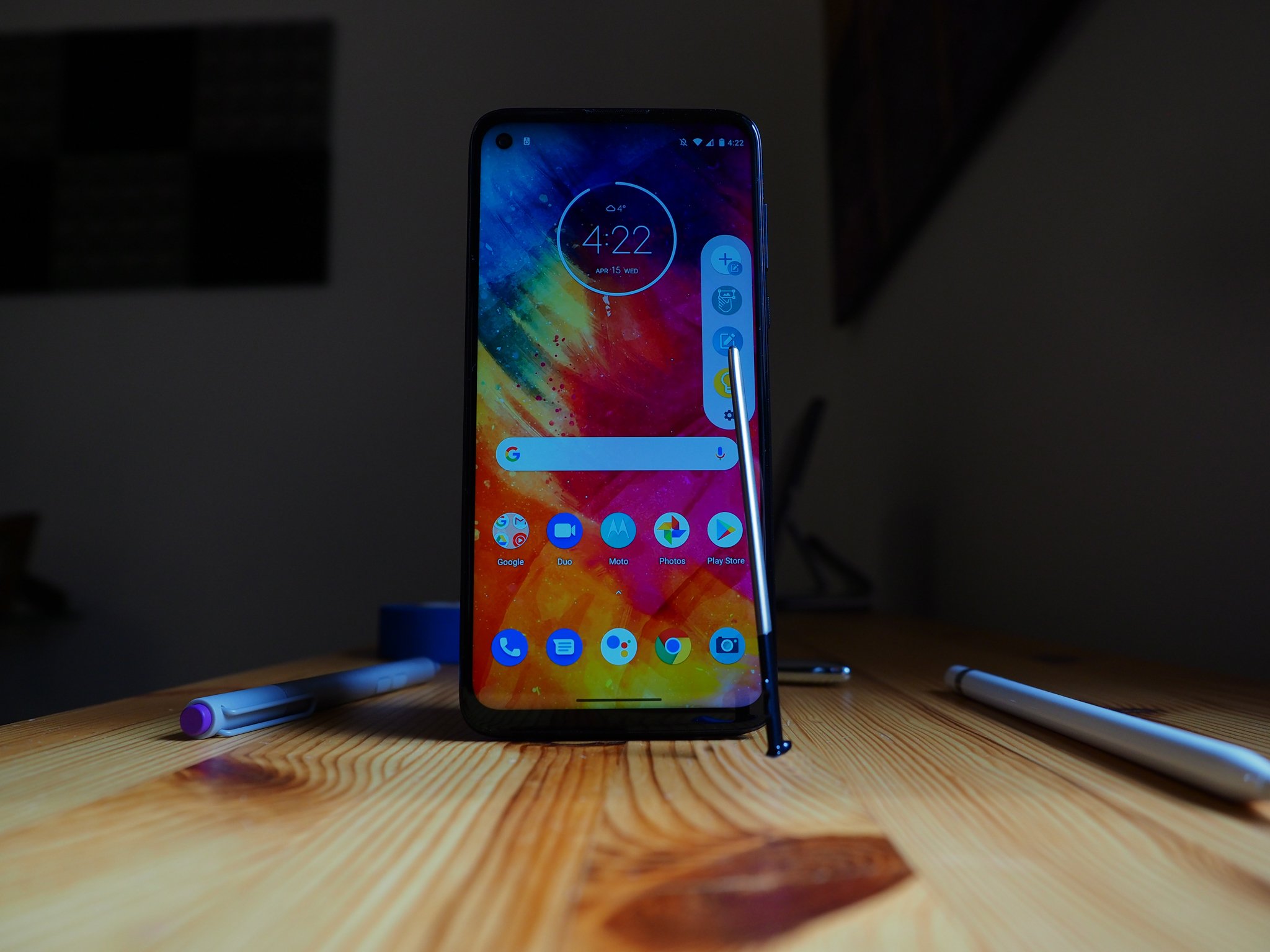
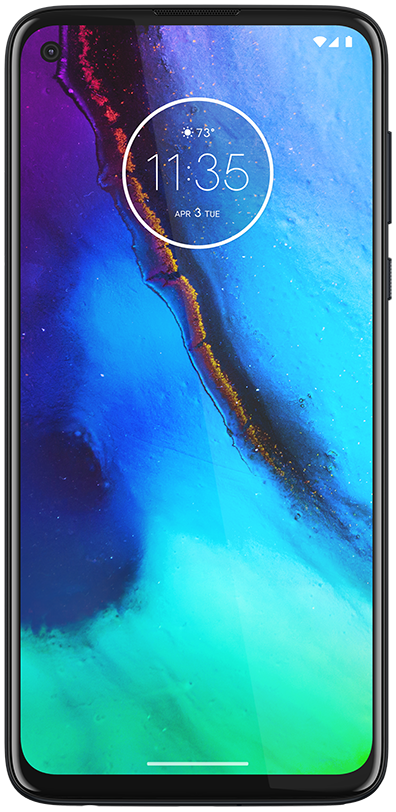
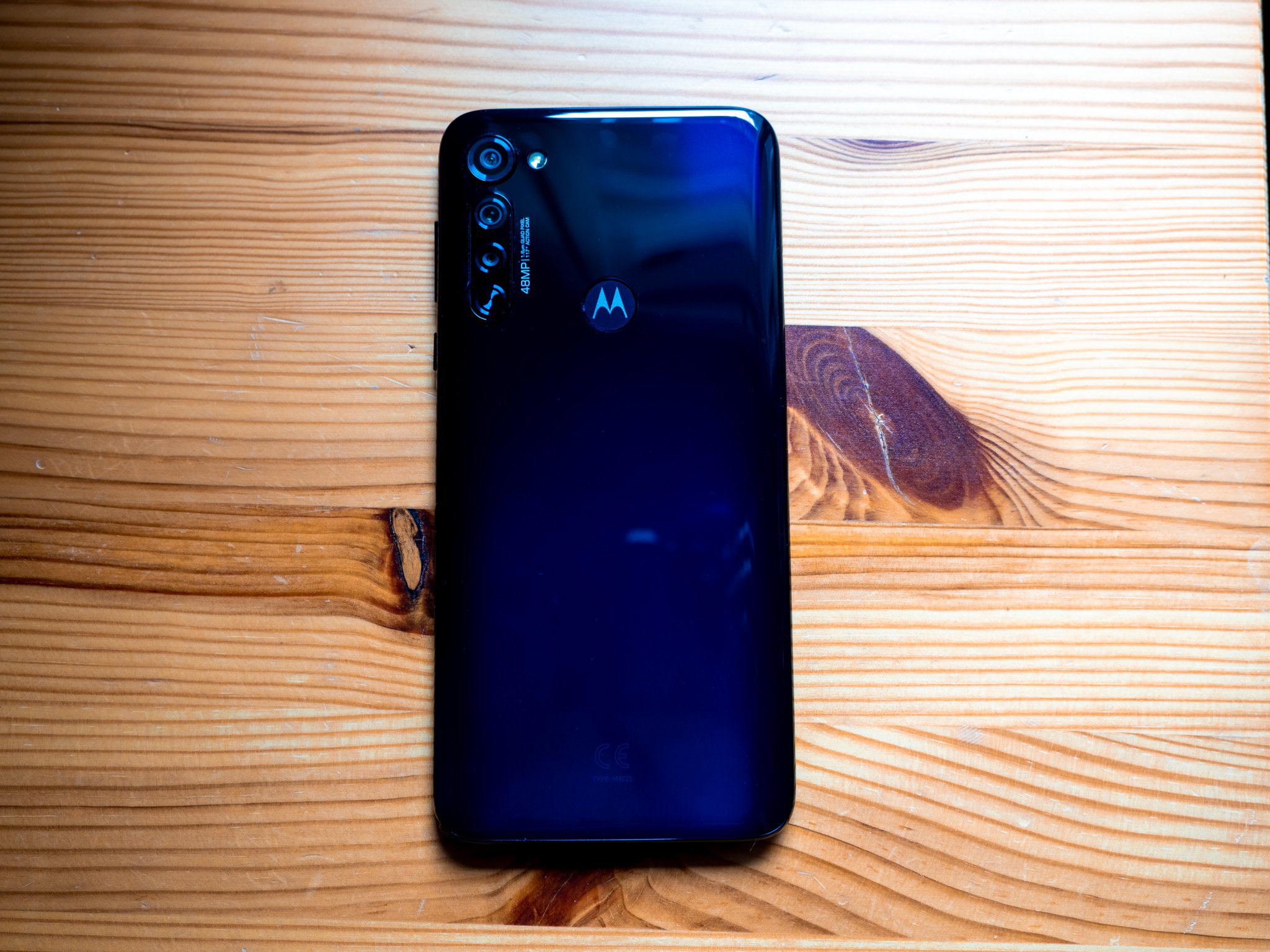
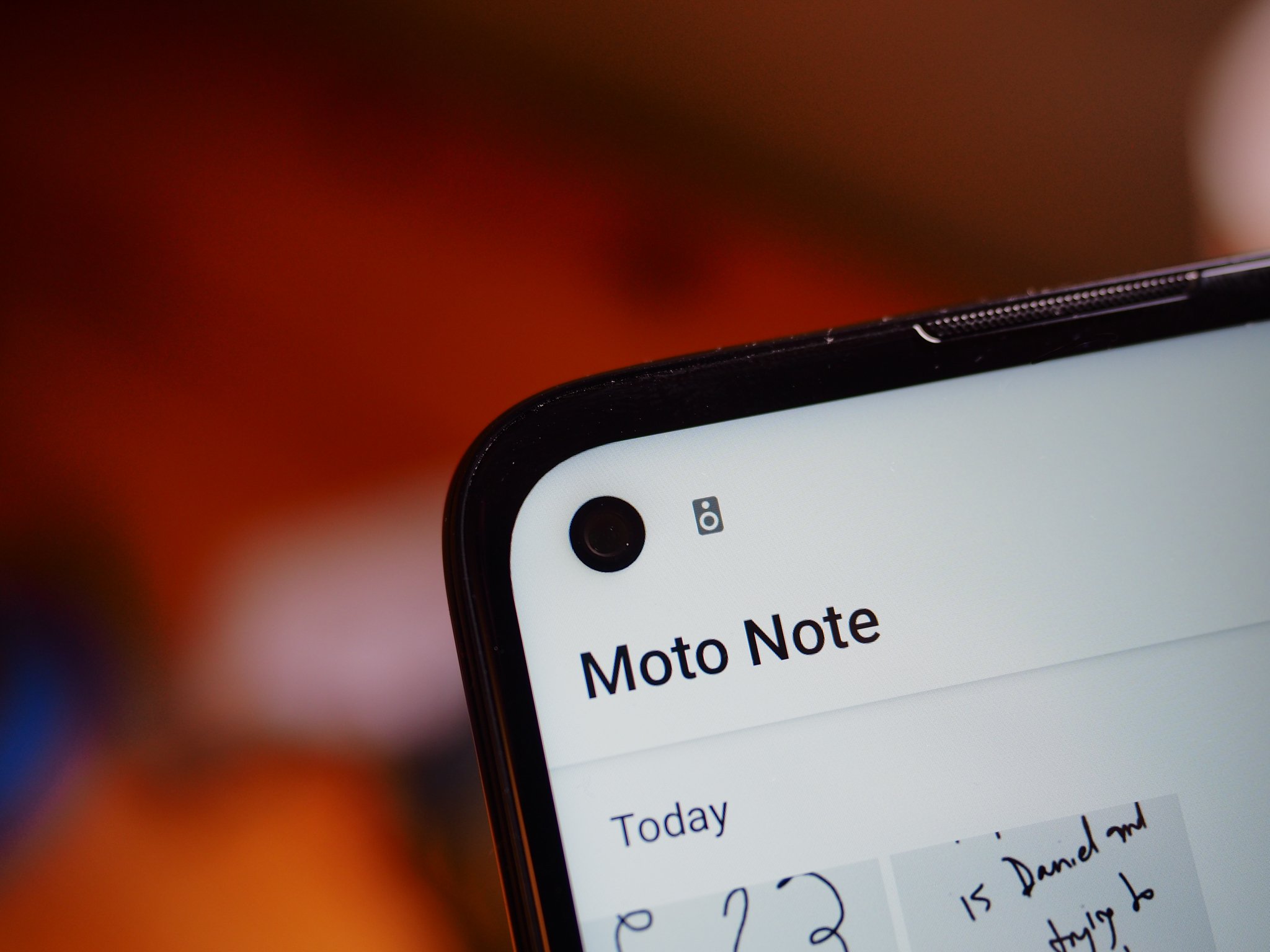
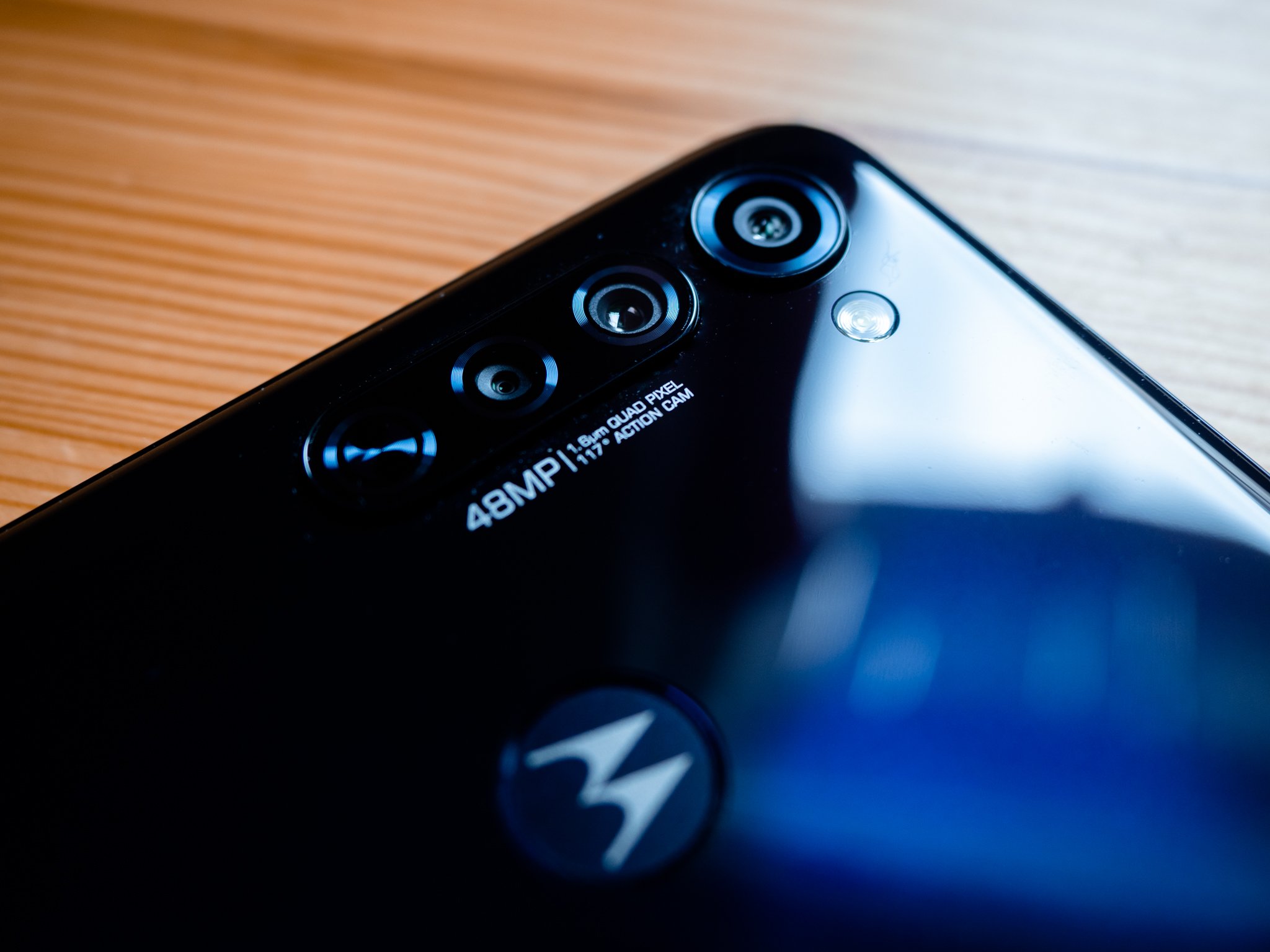
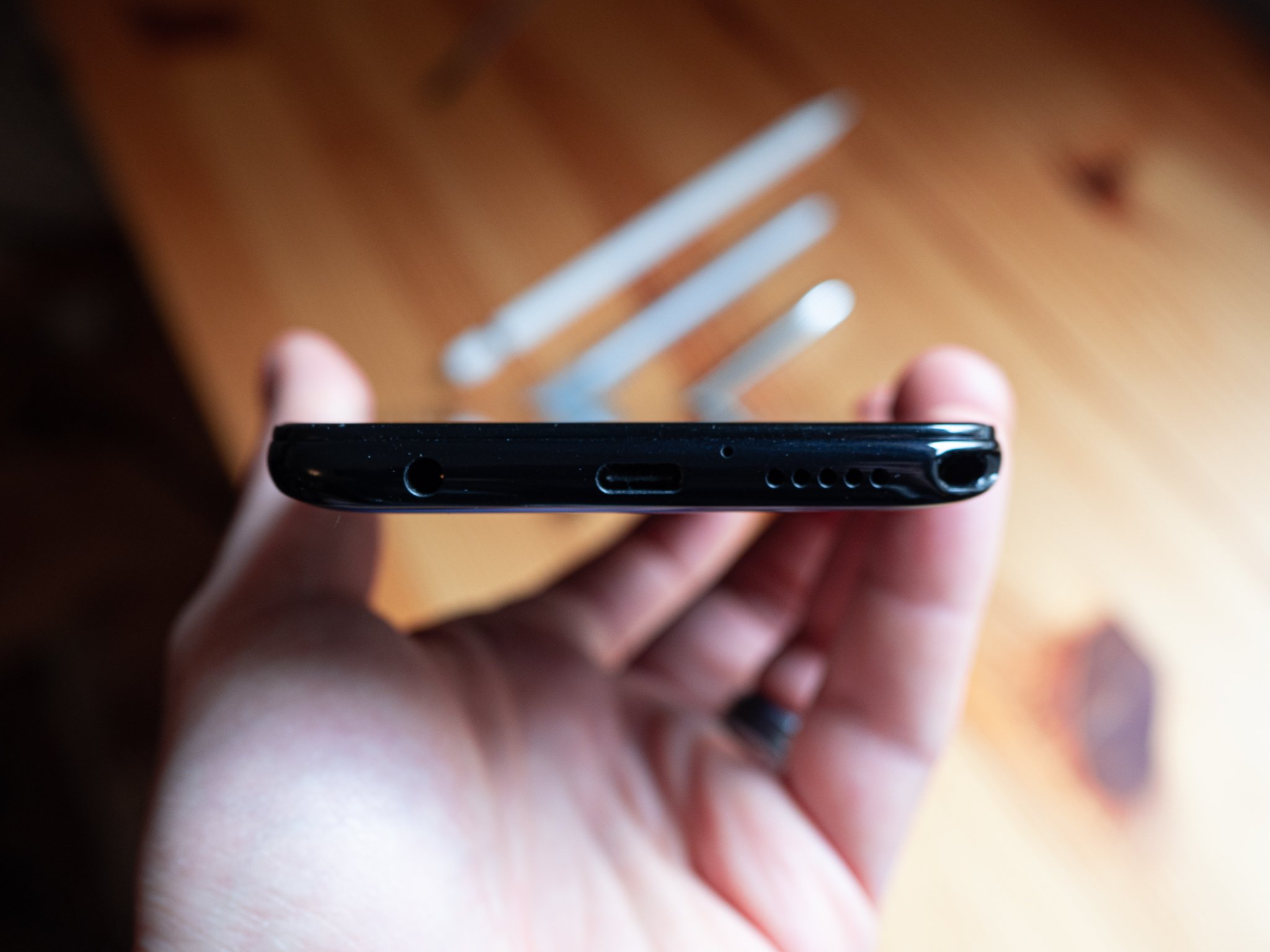
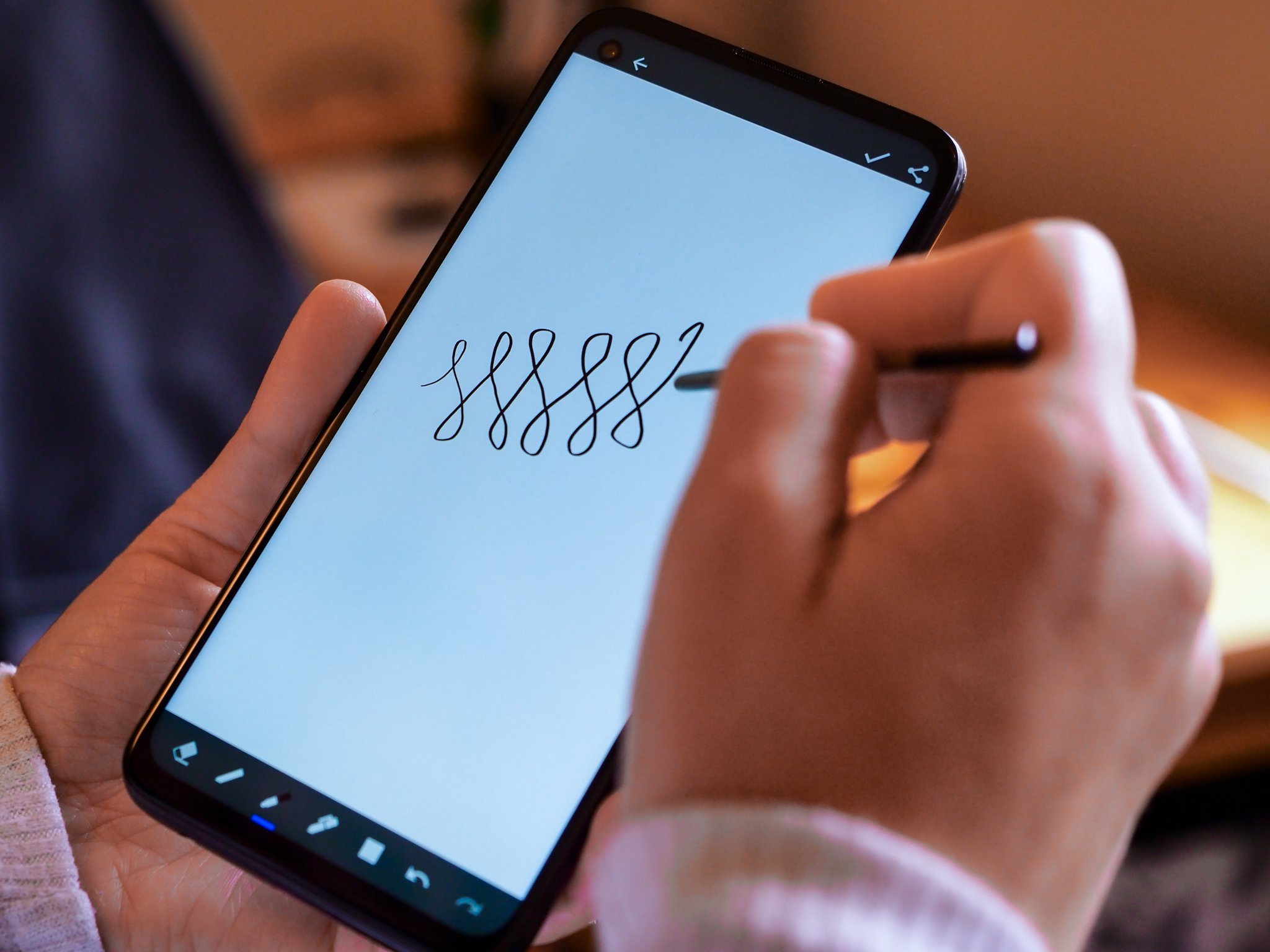
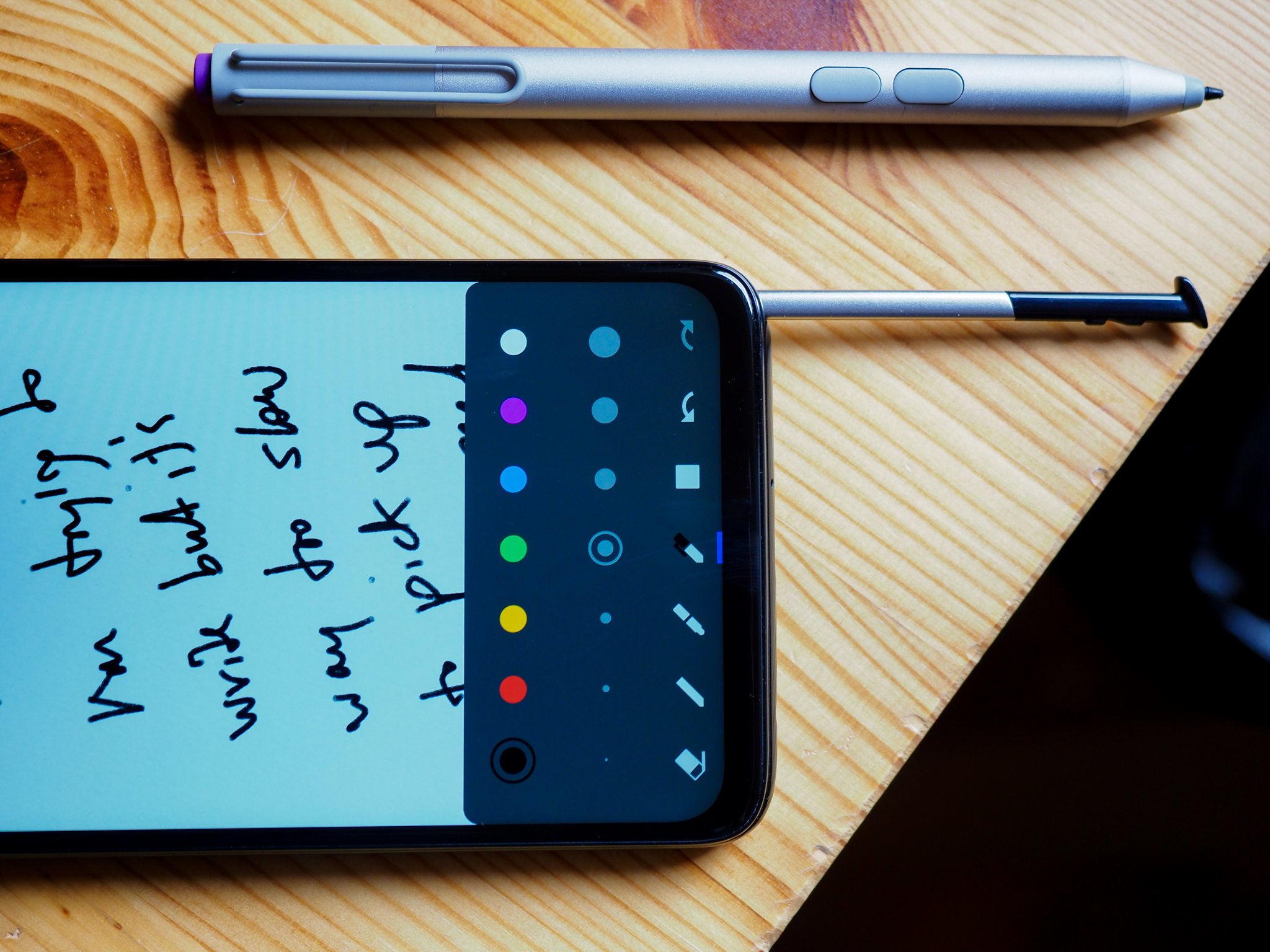
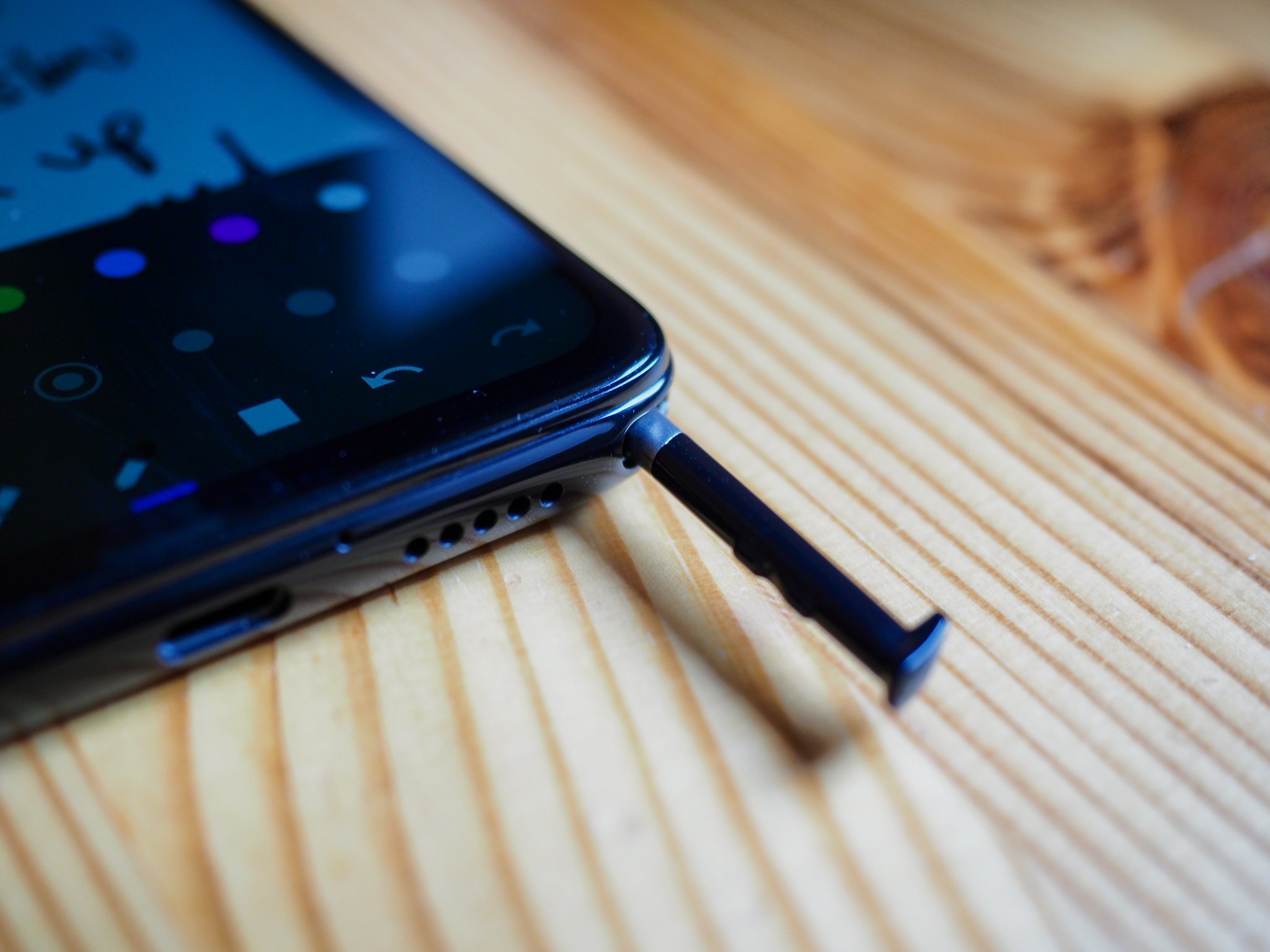
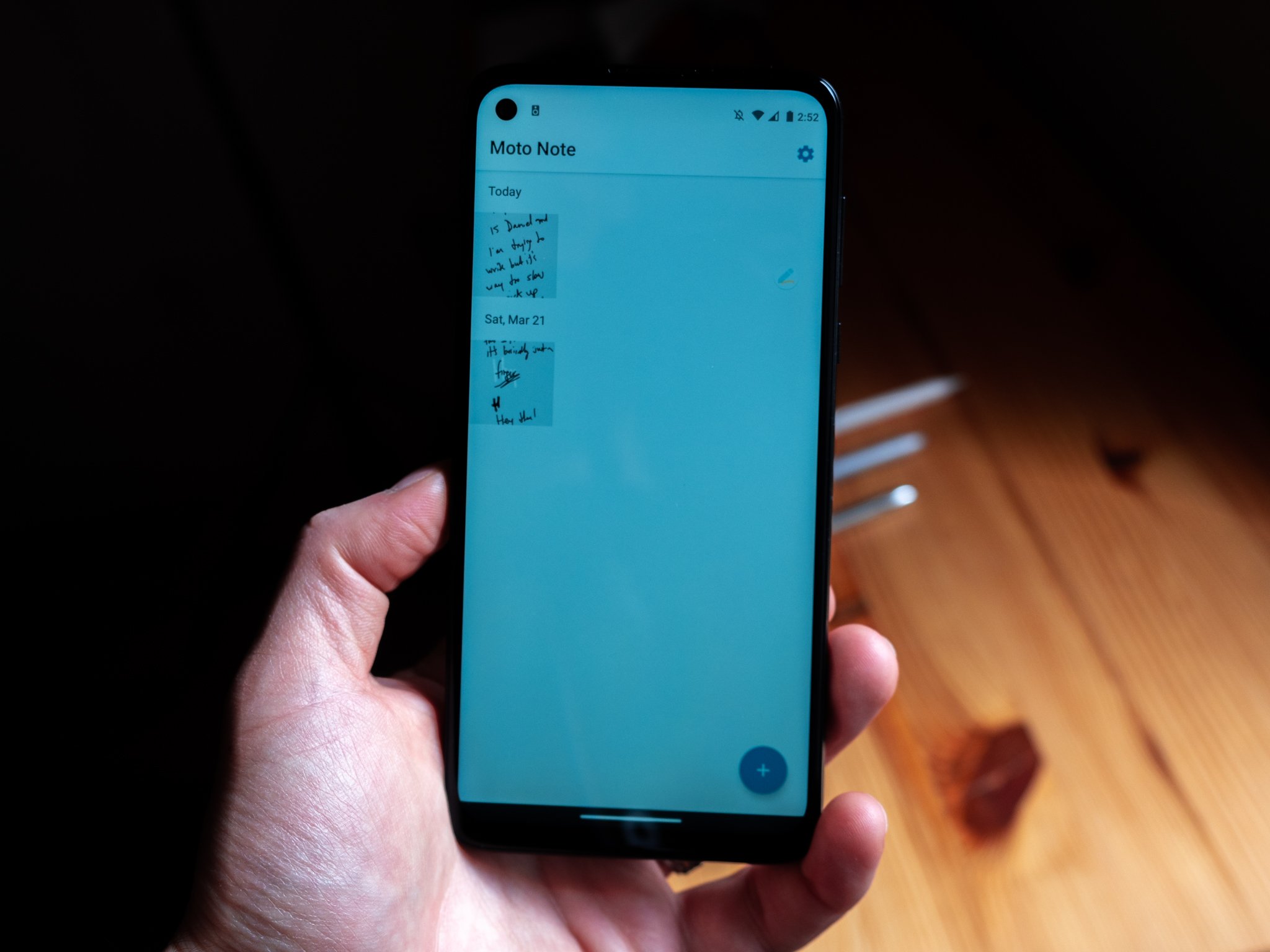
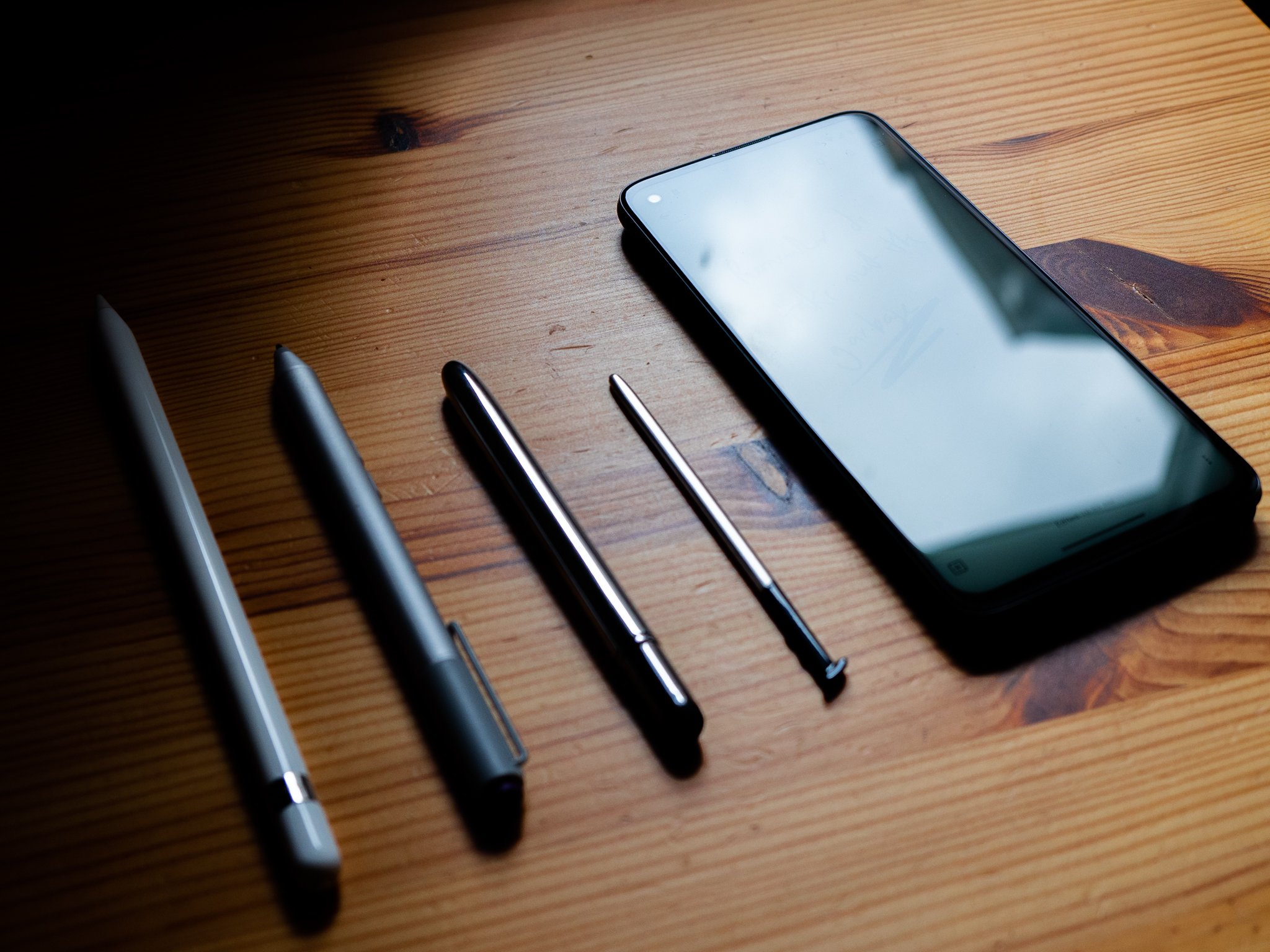
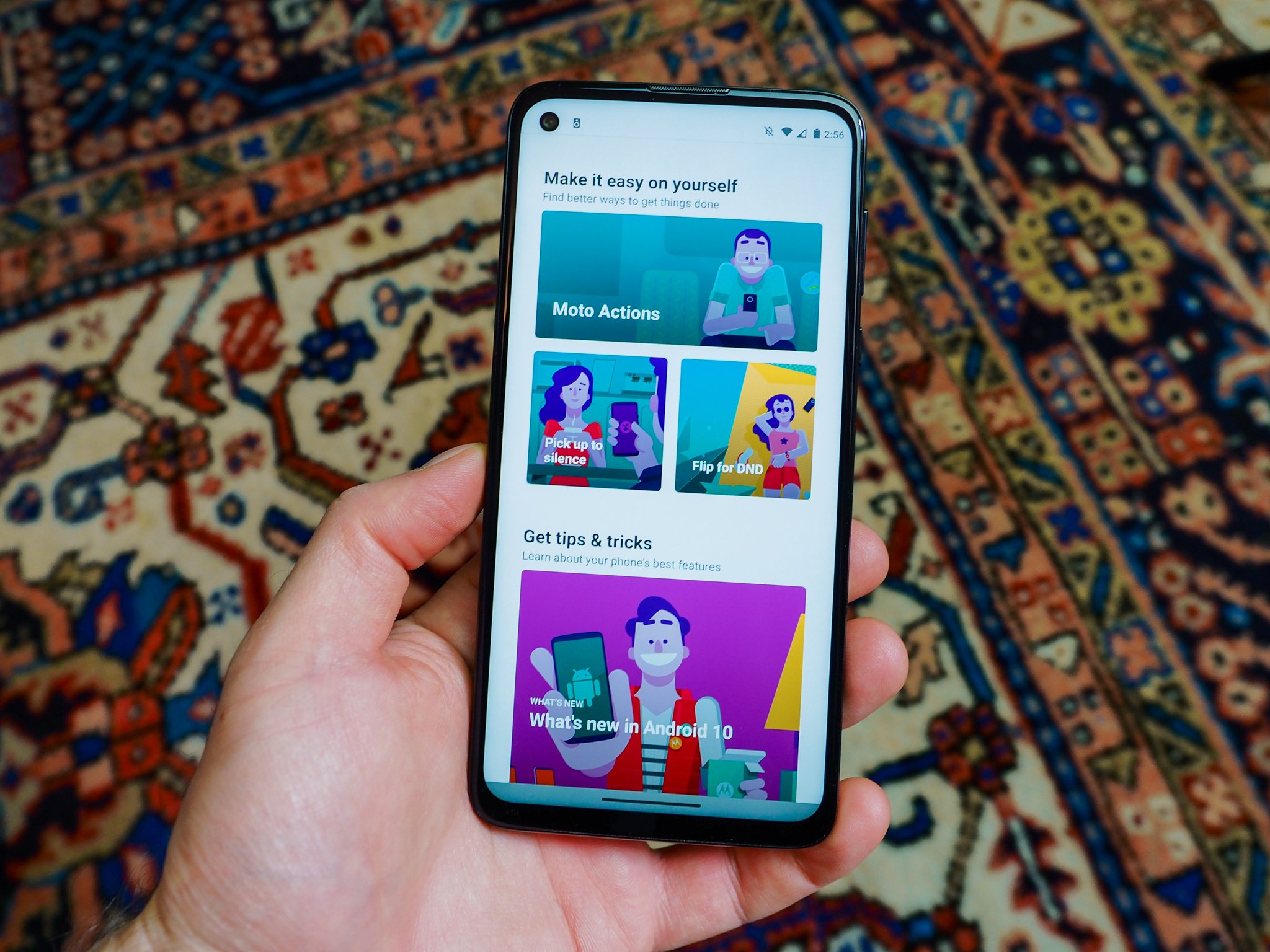
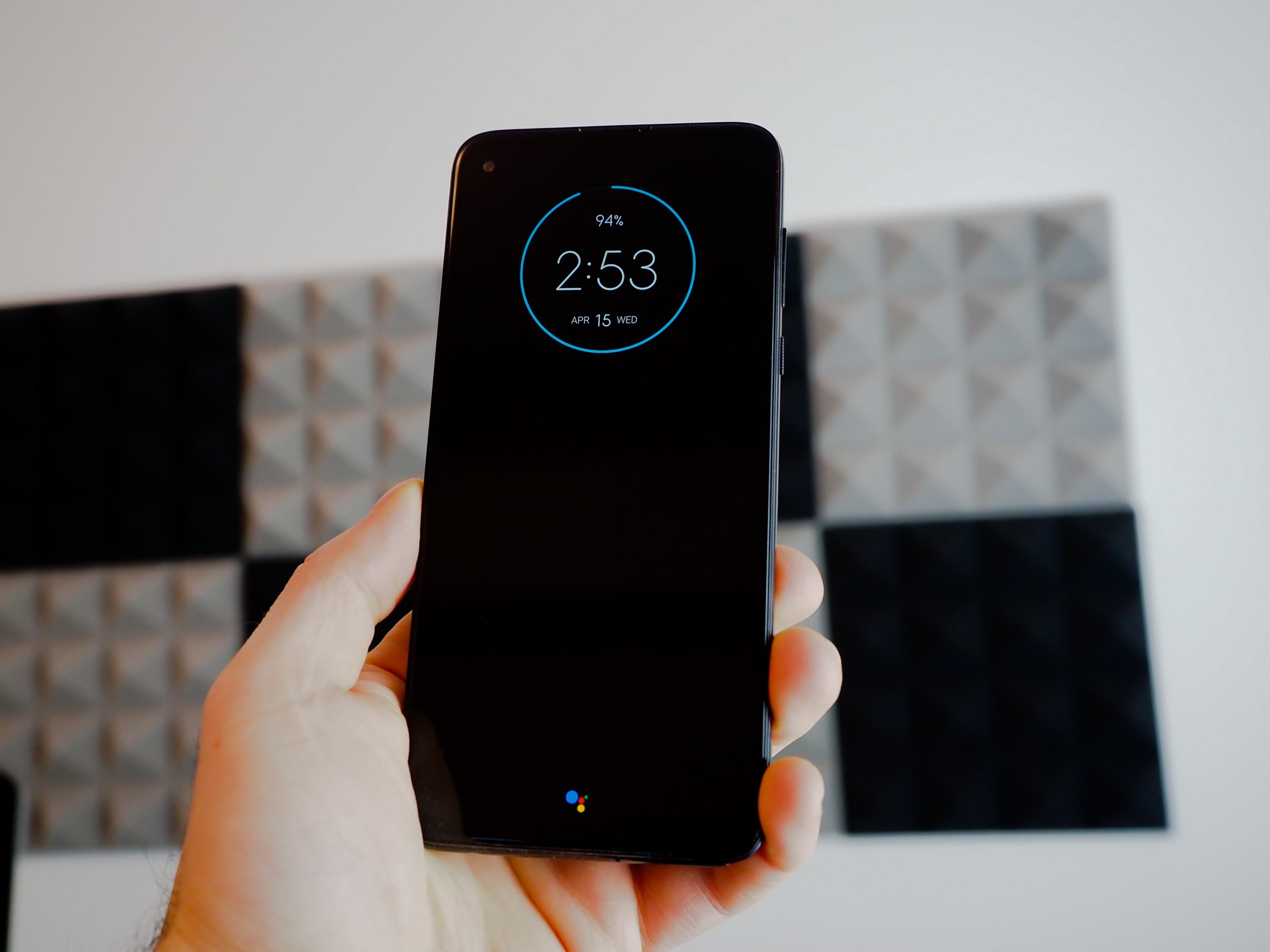
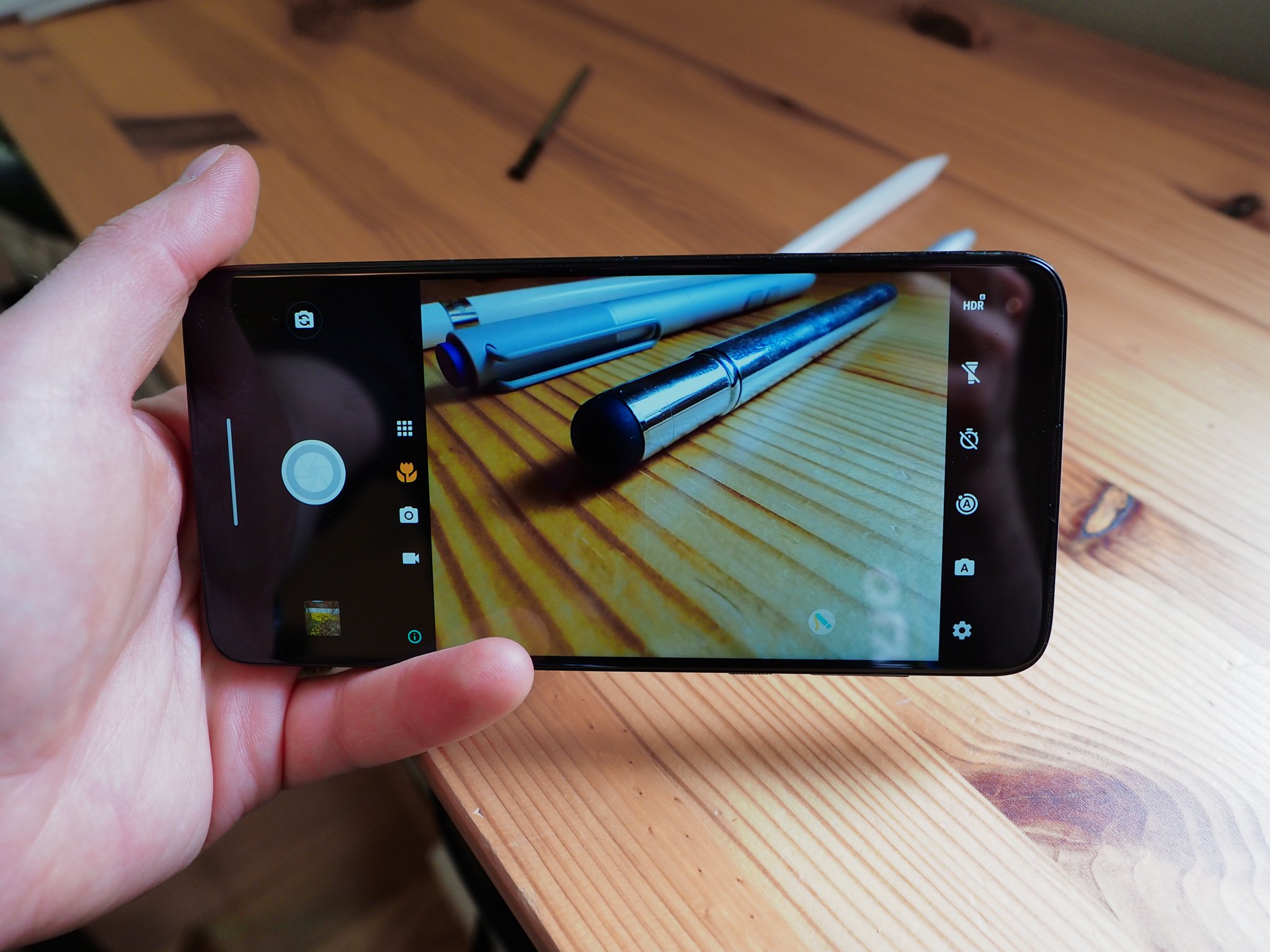











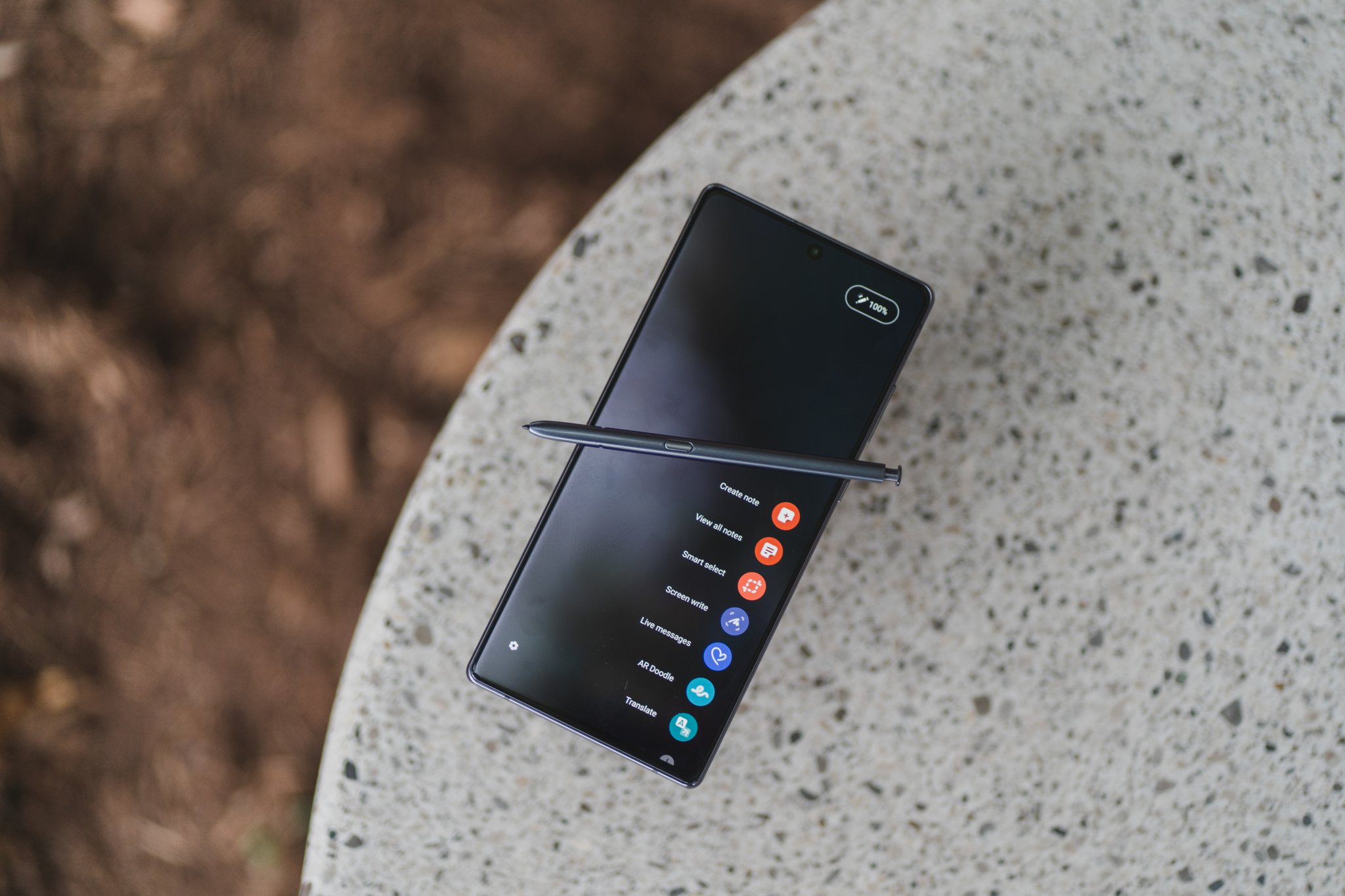
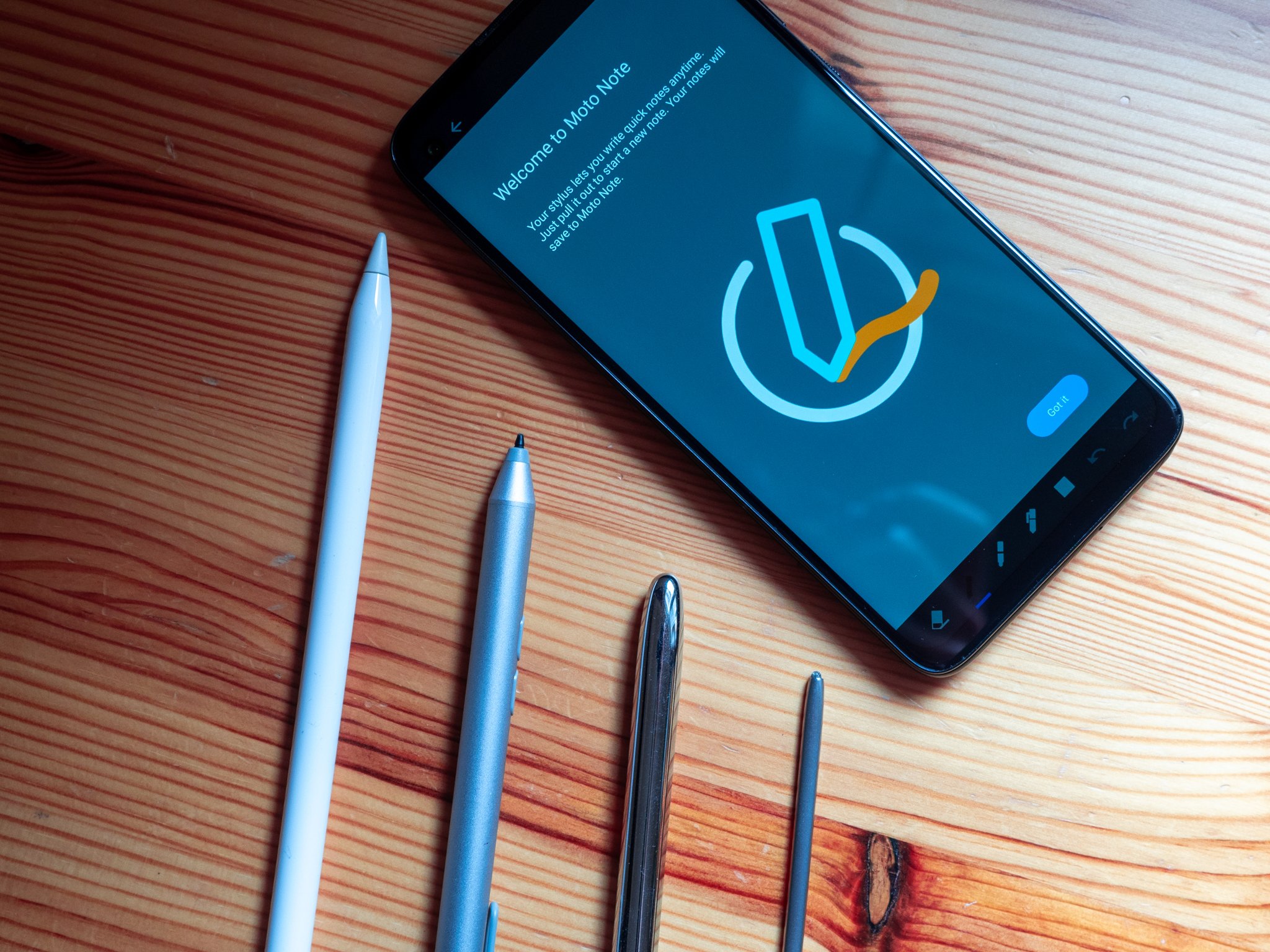

0 Commentaires